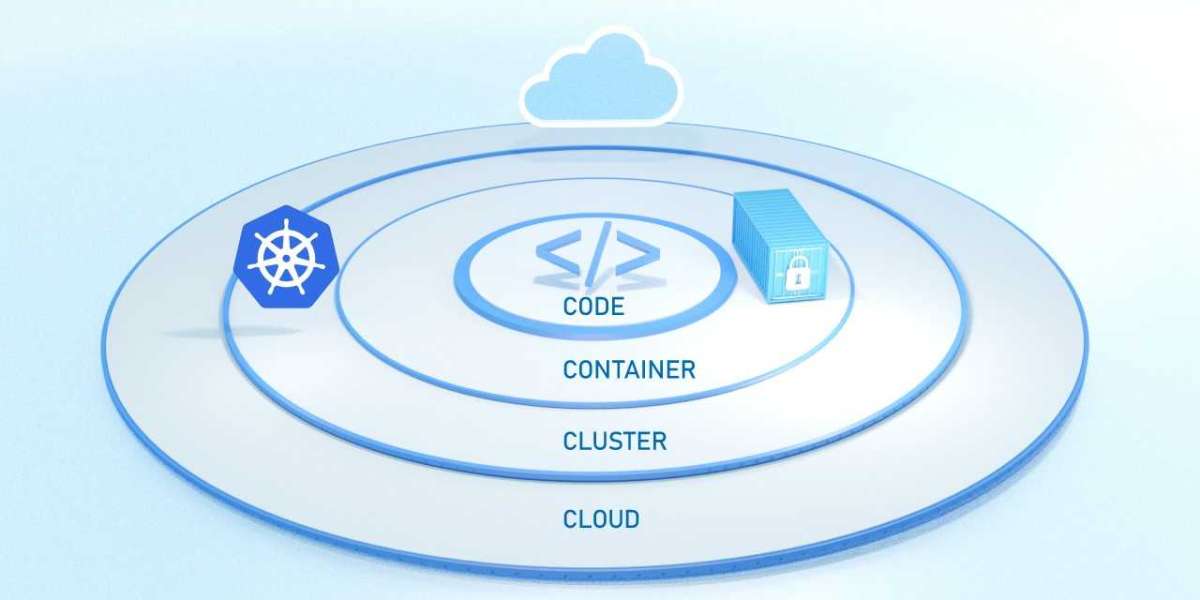As organizations migrate to the cloud to harness its scalability, flexibility, and cost-effectiveness, security becomes a paramount concern. Traditional security models designed for on-premises environments can struggle to meet the unique demands of cloud infrastructure. This has given rise to the concept of a cloud-native security platform, a solution specifically designed to protect cloud-native applications, data, and infrastructure from evolving threats.
What is Cloud-Native Security?
A cloud-native security platform is built to function within a cloud-based environment, designed to seamlessly integrate with cloud services and applications that rely on microservices, containers, and serverless architectures. Unlike legacy security tools that can create performance bottlenecks or compatibility issues, a cloud-native approach prioritizes scalability, flexibility, and automation to keep up with dynamic cloud environments.
Core Principles of Cloud-Native Security
Scalability and Flexibility: A cloud-native security platform adapts to the dynamic nature of cloud environments, which often scale up or down based on demand. It is inherently designed to work with containerized applications, enabling security to move as the cloud infrastructure changes.
Automation: Given the vast scope of cloud operations, automation is essential. Cloud-native security platforms leverage automation for tasks such as threat detection, incident response, and compliance management. This helps security teams respond faster and reduces the risk of human error.
Zero-Trust Architecture: Many cloud-native security platforms adopt a zero-trust model, which assumes that no part of the network is inherently secure. By implementing strict access controls and continuous verification, zero-trust architecture minimizes risks related to unauthorized access, even from within the organization.
Integrated Compliance: A cloud-native security platform simplifies compliance by continuously monitoring and enforcing security policies that align with regulatory requirements. With cloud environments subject to frequent audits, this built-in compliance helps organizations adhere to standards more effectively.
Benefits of Cloud-Native Security
A cloud-native security platform brings several advantages, including enhanced visibility, faster response times, and better alignment with modern application development methodologies. Some key benefits include:
Enhanced Visibility: A cloud-native security platform provides full visibility across all cloud resources and services, allowing security teams to quickly identify and address potential vulnerabilities.
Efficient Threat Detection and Response: With real-time monitoring, a cloud-native platform quickly detects anomalies and malicious activity across cloud environments. This helps security teams respond proactively, preventing potential breaches before they escalate.
DevSecOps Integration: Security in a cloud-native environment is often integrated into DevOps practices, leading to the concept of DevSecOps. By embedding security into the development process, organizations can identify and address vulnerabilities earlier, leading to a more secure application lifecycle.
Cost-Effectiveness: Cloud-native security platforms, by design, reduce the need for costly on-premises hardware and allow for seamless scaling, reducing overhead costs associated with traditional security solutions.
Challenges to Consider
While cloud-native security platforms offer numerous benefits, they also come with certain challenges. For instance, ensuring security in a shared responsibility model—where both cloud providers and users have defined security responsibilities—requires organizations to have a clear understanding of their roles. Additionally, skills gaps can be a barrier, as cloud-native security requires specialized knowledge in cloud operations, DevOps, and container security.
As businesses continue to adopt cloud-native architectures, investing in a cloud-native security platform becomes essential for maintaining robust protection. By aligning with the dynamic nature of cloud environments, these platforms not only enhance security but also support innovation and agility. For organizations looking to future-proof their cloud strategies, embracing a cloud-native security platform is a critical step toward safeguarding data and ensuring operational resilience in an evolving digital landscape.














